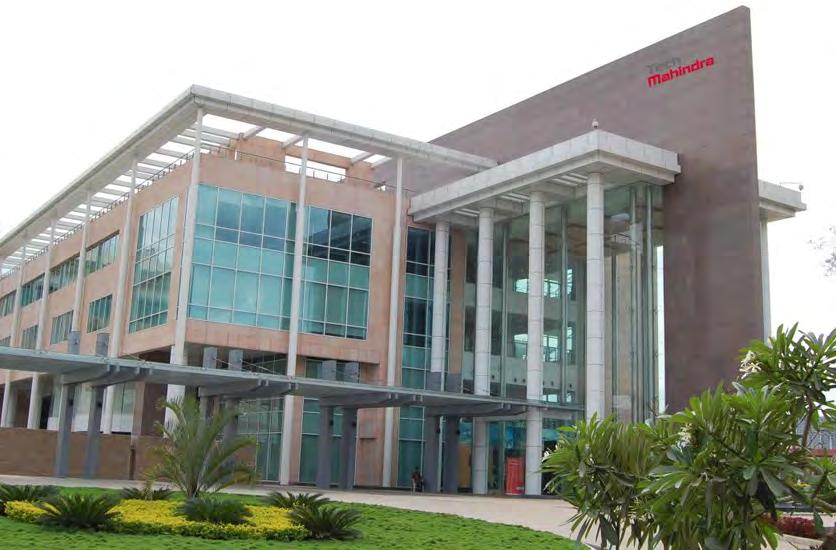
1 minute read
SECURITY PROFESSIONALS LOOKING TO IMPROVE PHYSICAL SECURITY
Security leaders are re-evaluating their technology stack seeking solutions that help streamline tasks, automate processes, and enhance team efficiency.
In the Genetec 2022 State of Physical Security Report, 50% of respondents said their physical security team experienced human resource challenges last year. For 2023, security leaders are re-evaluating their technology stack seeking solutions that help streamline tasks, automate processes, and enhance team efficiency.
Unifying video surveillance, access control, automatic license plate recognition, communications technology, and other valuable functions can make an operator’s job easier and reduce costs and training. Built-in analytics or decision support features can further streamline operations.
The report also showed that 67% of organisations are planning to invest in access control system, ACS modernisation in 2023, putting it at the top of the physical security tech investment list. Modern ACS include built-in cyber defences and health monitoring tools, and higher levels of automation.
Upgrading to a modern, open ACS will help organisations eliminate the weak points of legacy systems and better defend against cybersecurity threats, as well as enable new capabilities like mobile credentials, biometrics, and cloud-connected controllers and services, to implement over time.
Hybrid-cloud deployments are gaining traction, with some organisations opting to conserve security devices and infrastructure investments that are not cloud-ready, and others having bandwidth limitations or the need to keep some data processing and storage on site.
As businesses rationalise costs, concerns, and approach to cloud migration, we can expect an increase in demand for ready-to-deploy hybrid-cloud appliances. This infrastructure will support edge-computing workloads and make existing devices cloud-compatible, and help centralise access to systems and data across many sites.
Research by Genetec shows that 36% of IT and security professionals are looking to invest in cybersecurity-related tools to improve physical security in 2023. While a more holistic, automated approach to defending against threats will take precedence, so too will proactive security architecture planning and procurement.
These measures may include: l replacing legacy equipment before succumbing to end-point failures to better mitigate risks l using intelligent maintenance tracking tools and metrics to improve forecasting l relying on external expertise to adapt security architecture planning as supply chain lags l standardizing on solutions built with cybersecurity and privacy in mind to enhance resilience across the partner ecosystem
This take-charge mindset will help organisations better defend against cyberattacks and become an essential factor in preserving business resilience and continuity.
Pervez Siddiqui
Vice-President of Offerings and Transformation, Genetec.







